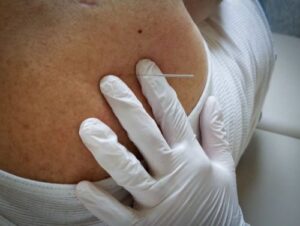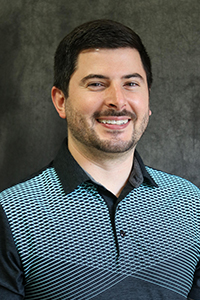What is Dry Needling?

What to expect:
Most patients do not feel the insertion of the needle, but the local twitch response elicits a very brief (less than one second) irritable response. You may feel a cramping sensation, soreness following the procedure lasting a few hours to a day, and possible bruising.
What type of problems can be treated with dry needling?
Dry needling can be used for a variety of musculoskeletal problems. Muscles are thought to be a primary contributing factor to the symptoms. Such conditions include, but are not limited to chronic or acute neck and back pain, overuse injuries, shoulder pain, arm pain (tennis elbow, carpal tunnel, golfer’s elbow), headaches (migraines and tension-type headaches), jaw pain, buttock pain and leg pain (sciatica, hamstring strains, calf tightness/spasms), non-cardiac chest pain, and temporomandibular joint dysfunction. The treatment of muscles has the greatest effect on reducing pain mechanisms in the nervous system.


